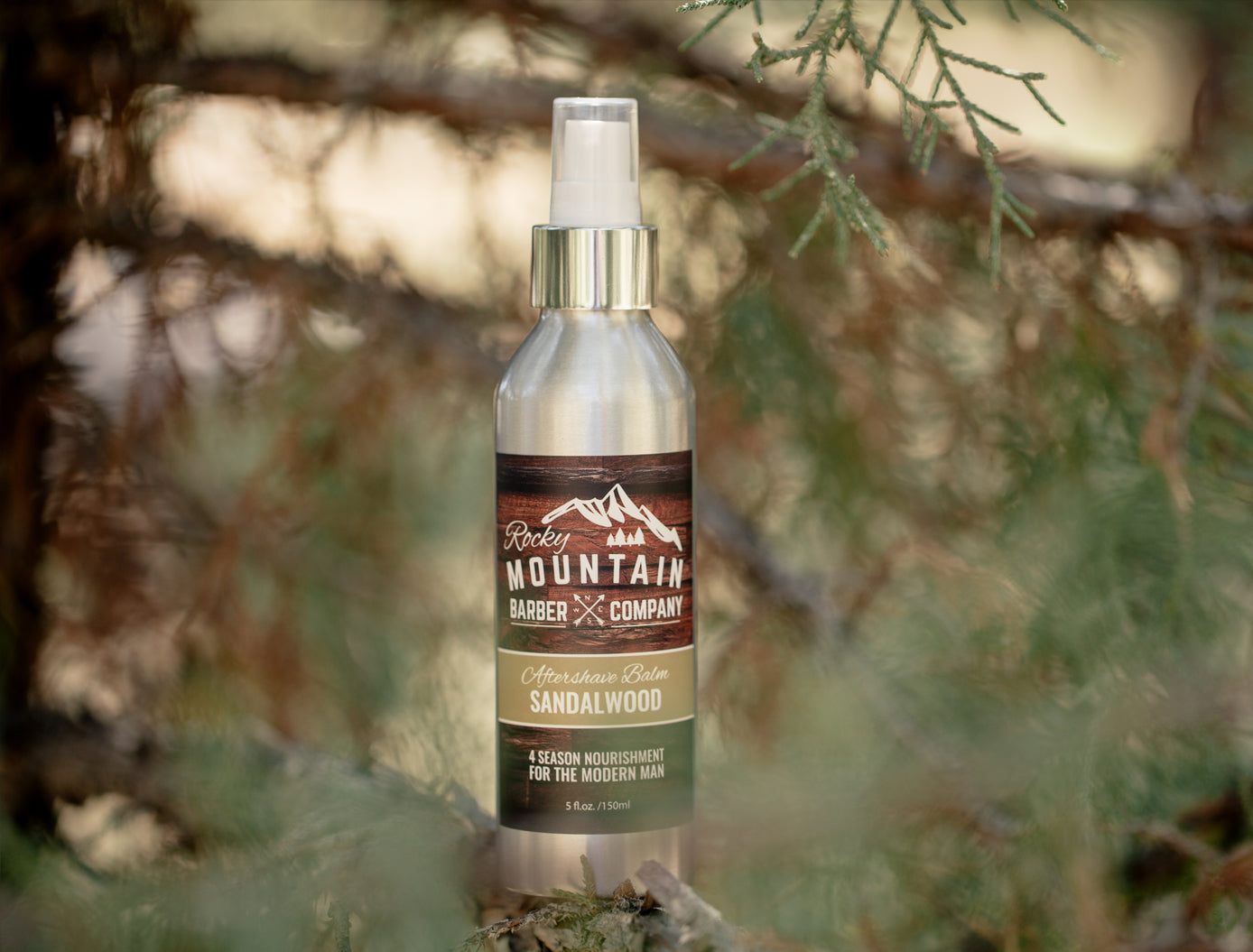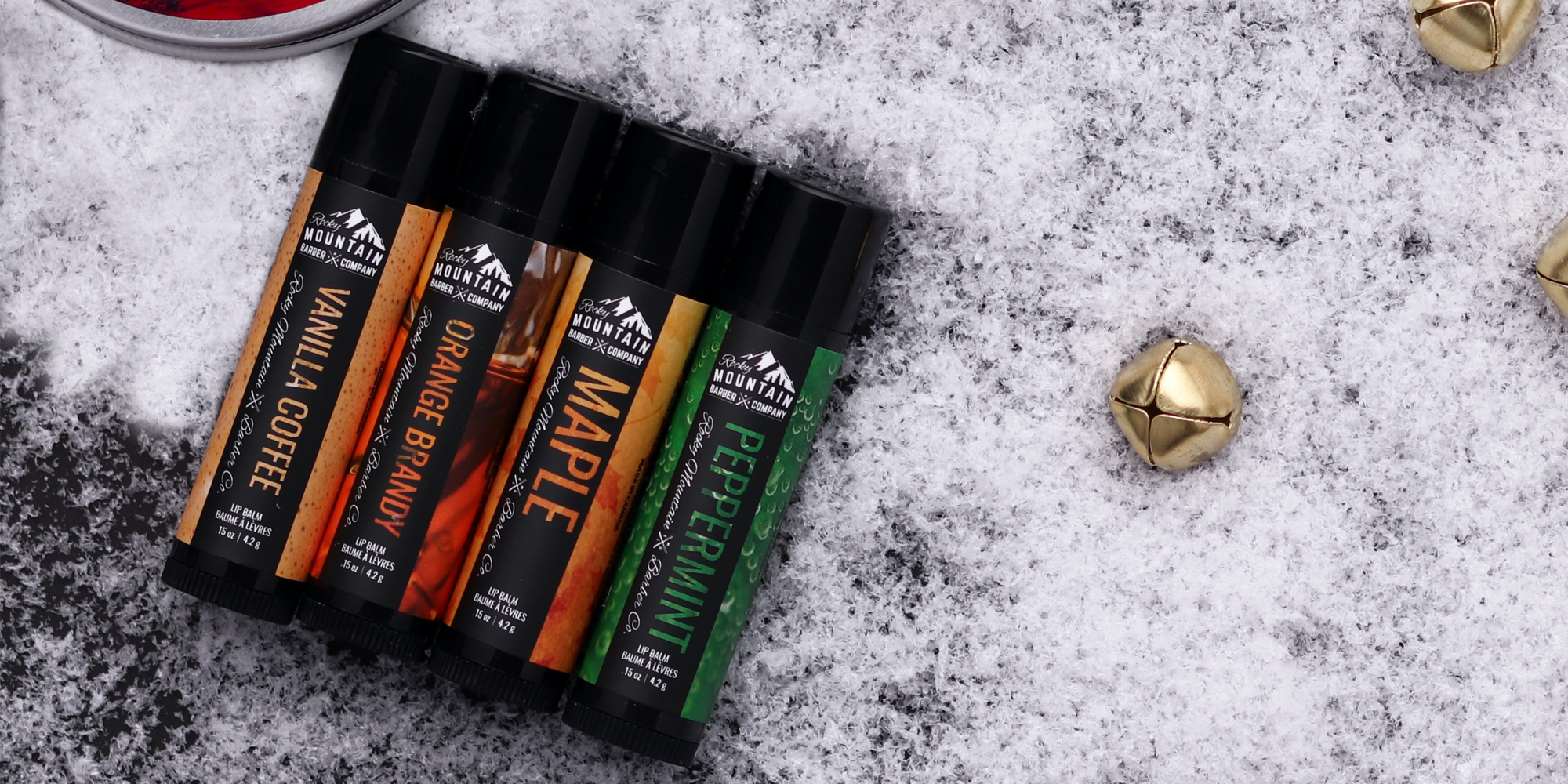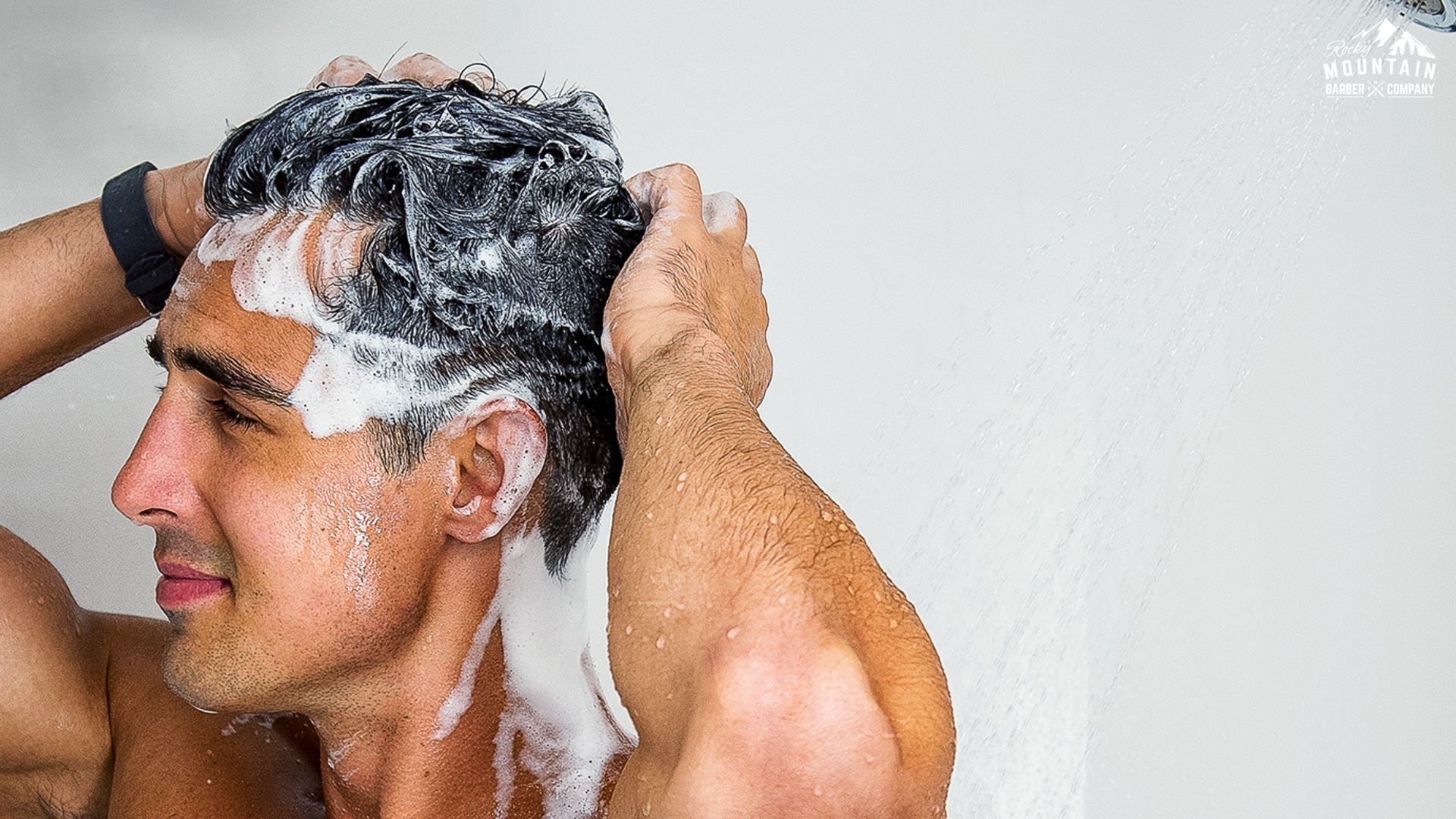
When it comes to shaving, everybody hurts – sometimes. No matter where you live, how old you are or how carefully you shave, the facts remain the same: apply a sharp blade to your face and you are going to do some damage now and then.
Most of that damage, thankfully, isn’t of the blood-everywhere, screaming-for-help variety. But as Men’s Health warns, the act of shaving does more than sculpt your facial hair – it removes dead skin cells and grazes at the uppermost layer of epidermis, thereby scouring your skin of its natural oils, drying it out and reducing its defenses against the elements.
The result: your face is now well and truly open to irritations from the outside world.
Sure, this was a bigger deal back before our shaving tools became so damn good at what they do. Think about it: if you’re living in a medieval castle somewhere and shaving every other day with nothing but a butcher’s knife and cold water, you’re causing more lasting damage than tiny micro abrasions – and those lacerations can lead to serious infections.
These days, we’re better equipped to protect our skin from harm as we shave, which means we’re causing fewer cuts and therefore have a lot less chance of catching something. And yet, we still have the itch.
WebMD advises that to minimize the risk of causing small cuts, that could then cause bigger problems, you need four things: time, hot water, a quality razor and an all-natural shaving cream. But to eliminate the sensitivity completely, you need one more.
And this is where aftershave comes in.
What Is Aftershave?
Going solely on its name, it stands to reason that aftershave is anything that you apply to your skin after a shave. Simple? Not really.
Aftershave typically comes in two forms: as a balm, and as a splash. The difference between them is in their approach – while splashes are designed to apply an antiseptic ointment instantly and then dry away, balms are gentler and heavier on the skin, locking in moisture and lingering for longer than just a few hours.
Why Do I Need Aftershave?
Immediately after shaving, you’ve effectively let your face’s guard down. Without that top layer of epidermis, and with all your pores as open as they’ll ever be, your skin is at the mercy of all kinds of worldly risk factors, from dust and germs to the heat of the sun.
All of these will cause dryness, damage, ingrown hairs, endless irritation and even premature aging, if they are allowed to. A good-quality aftershave will keep your skin safe from these assailants, leaving you looking fresh, clear and youthful, for longer.
How Do I Use Aftershave?
This may vary slightly depending on the type of shave you’ve had and how your skin is feeling on a particular day. By and large those variations won’t matter much – the crucial thing is that you establish a quality aftershave as part of your routine, and then stick to that regimen. Here’s a quick step-by-step guide to using aftershave:
- Splash your face with cold water. Why? The bracing soak will help close your pores and keep them from attracting dirt and germs, effectively staving off inflammation.
- Pro tip: if your face is still slippery with soap or shaving cream, keep splashing until it’s clear.
- Then dry your skin with a clean towel. Dry skin will absorb aftershave better, and prevent it from becoming too diluted by droplets of water.
- Place a small amount of aftershave on the palm of one hand and rub your hands together. Then dab the liquid on your cheeks carefully, taking care to massage it into your skin.
- One thing to remember: do not soak your skin in the stuff. Three or four drops should be more than enough, and if it’s the first time your skin is being introduced to aftershave, go with no more than one or two.
A good aftershave should multitask, applying a hydration agent along with vitamins and essential oils directly to your skin when it needs them the most.
Take a good look at the label on your aftershave for ingredients like coconut, avocado, hemp seed and argan – each of these fights the drying or damaging effects of shaving in a number of ways, keeping your skin watered, well-fed and armed against bacteria.




